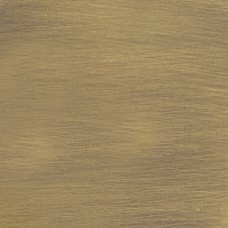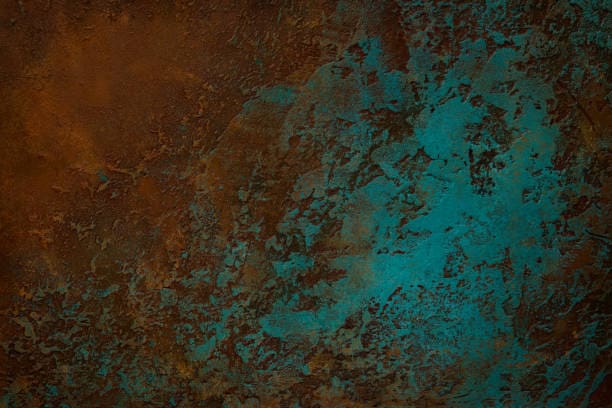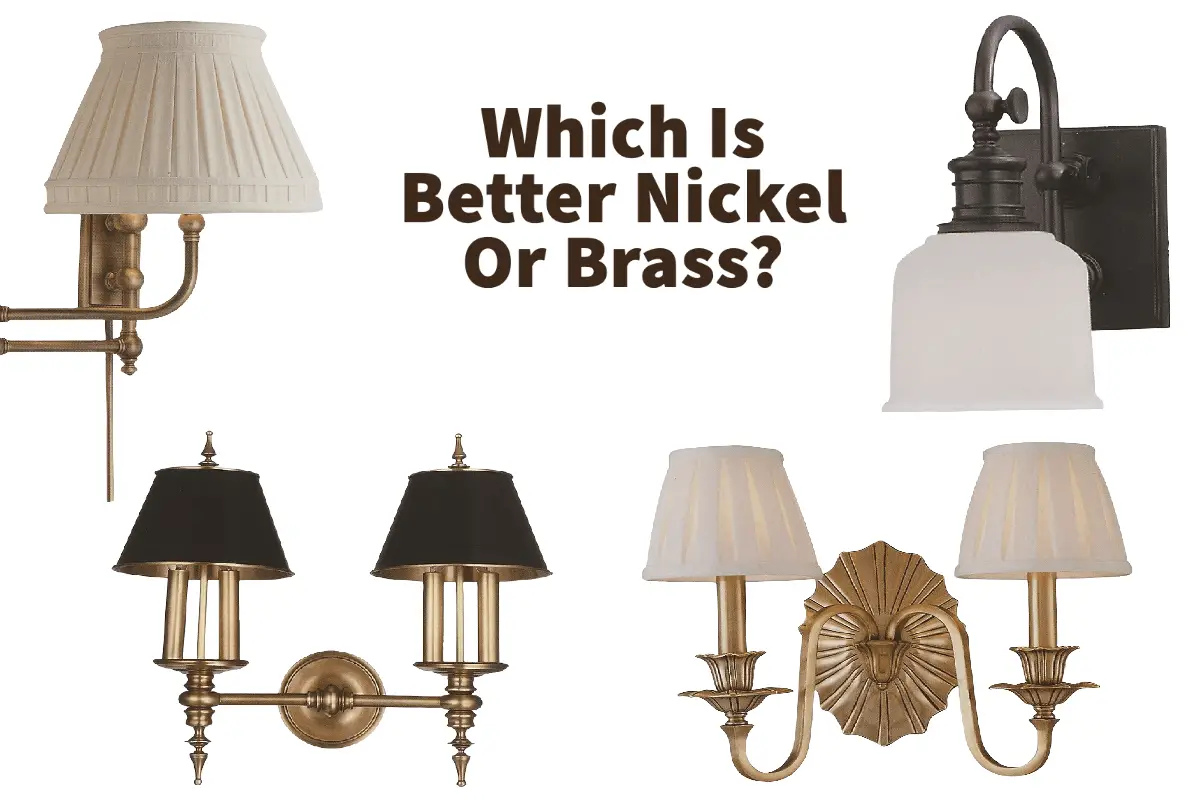Deciding which is better, nickel or brass, is like deciding if black is a better color than white; both black and white are valuable colors.
Nickel and brass are both excellent metal choices. Brass is a golden yellow, and Nickel is silver or almost grey. Both metals can be plated onto another metal or material, and brass can also be solid brass.
Table of Contents
- Nickel Finish Vs. Brass Finish Explained
- Using Brass And Nickel Finishes
- A Deep Dive into Nickel and Brass: Fascinating Facts about These Metals and Finishes
- Frequently Asked Question
- Related Content
Nickel Finish Vs. Brass Finish Explained
Nickel and Brass’s finishes are classic for the home furnishing and decor industry. They are excellent finishes, but here are some differences:
The Nickel Finish Explained
The Nickel finish is the silver finish that can often be confused with chrome. The reason is that Chrome and Nickel are both a silver color finish and can look quite similar.
The Nickel finish is always plated or uses electroplating to put the metal finish onto the base metal. The base metal is many times steel or rod iron. In some cases, someone may even use solid brass.
Nickel plating is applied to the base metal and finished to whatever color or look is required. One way to tell the nickel finish from the chrome finish is that a nickel finish will have a bit more yellow and a more deep and richer tone than a polished chrome finish.
As the Nickel finish has a silver tone, sometimes it is also confused with silver, but to be an authentic silver finish, the finish would require using silver and not a nickel. Because it can look like silver, many people like and appreciate the nickel finish.
Here are the basic Nickel finishes usually available on different kinds of products. We use all these finishes on home decor and home furnishing items:

- Polished Nickel – This is a trendy, shiny metal finish with a timeless look and appeal. The polished Nickel is used on door and cabinet hardware and bathroom fixtures. This finish is often left unlacquered so that the finish will go from being shiny to a soft look and feel.
- Brushed Nickel – Brushed Nickel is when a brush tool goes in one direction to add some soft lines to the nickel finish. A lacquer topcoat is often sprayed on this to retain its look and feel.
- Brushed Antique Nickel – Brushed antique nickel is brushed nickel, but the finish will have an antique finish, such as dark accents.
- Satin Nickel – The satin nickel is sometimes known as the pearl nickel finish. It has a matte or almost flat appeal. We have found this a popular finish for many kinds of furniture hardware.
- Pewter Nickel – Pewter nickel is when a plating technique is used so that the nickel will have a kind of pewter color. This can be used a lot on light fixtures and other decorative elements.
- Black Nickel – The black nickel finish has a black appearance that gives the nickel a black color. The application of the black on the nickel is perfect for corrosion resistance, so this is used a lot of lighting and plumbing fixtures.
The Brass Finish Explained
Brass has a golden yellow color that can sometimes be brown or even a weathered green color (verdigris finish). The brass finish can go from shiny golden yellows to deep brown tones.
Brass is an alloy of copper and zinc and is a tough yet malleable metal. It is a metal that has been used for centuries to make various objects, from furniture pieces to home decor and accessories.
Brass is a preferred metal for many people to work with as it is very malleable. But the malleability of the brass depends a lot upon the zinc content of the brass. The higher the zinc content, the less malleable the brass is.
Brass is usually made in two different ways as solid brass and brass plated, which are each described below:
- Solid Brass – As the name implies, solid brass is, and no other metals were used in production. By placing a magnet on a magnet, you can do some simple tests to see if brass is solid. If the magnet does not work, then it is solid brass. If the magnet attaches, then it is not.
- Brass Plated – Brass plating is another popular way brass is used. Brass-plated is similar to nickel-plated, but it would have a brass finish instead of a nickel finish. The magnet will attach if you place a magnet on a brass-plated item.
Solid brass and brass plated are quite popular finishes, but solid brass is more expensive than brass plated as brass is a valuable metal.
Like the Nickel finish, brass can also have a variety of finishes. Here are some of the significant finishes of the brass colors:

- High Polished Or High Shine Brass – The high polished or high shine brass is a traditional finish with a gleaming brass. This is seen in lighting fixtures, hardware, and decorative items.

- Stain Finish Or Matte Brass – The satin or matte brass is similar to high-polished brass, except the finish will look dull or matte. This is a popular finish for many of our higher-end lighting and hardware.

- Brushed Brass – Brushed brass is brushed with a unique tool so that the marks all go in a direction. Sometimes, the brush has antiquing added to make the brush look old.

- Oiled Brass Or Hand-Rubbed Brass – Oiled brass or hand-rubbed is when oil is placed on the brass to give it a soft yet darker feel.

- Antique Brass – Antique brass is also trendy in that the brass is finished to look very old. Sometimes, this color will be created to look old so that the brass will even have a dark chocolate brown color.

- Weathered Brass Or Verdigris Finish – Weathered or verdigris finish is when the brass is treated so that the piece will have a very green-looking color and look old. I have seen this on statues where the brass is purposely made to look old.
Using Brass And Nickel Finishes
The main difference when using brass or nickel finishes for home decor or home furnishing is the color you prefer. If you want a golden yellow color, you should consider a brass color.
If you want a silver color, then Nickel is probably the right choice. Nickel and Brass are excellent metals for home decor and home furnishing.
A Deep Dive into Nickel and Brass: Fascinating Facts about These Metals and Finishes
Nickel and brass have been staples in metallurgy for centuries. Both metals are renowned for their unique properties, aesthetic appeal, and myriad applications, from cutlery to musical instruments.
Whether you’re an interior designer, a metal enthusiast, or someone curious about these materials, here are intriguing facts about nickel and brass:
Composition and Origin:
- Nickel: This is a pure element found naturally in the Earth’s crust. It’s a silver-white metal known for its strength and resistance to corrosion.
- Brass: Brass is not an element but an alloy, primarily made of copper and zinc. The proportions can vary, leading to different types of brass with distinct properties.
Historical Use:
- Nickel: Ancient Chinese artifacts suggest nickel’s use in coin-making as early as 3500 BC.
- Brass: Its use dates back to around 500 BC. Ancient civilizations, including the Romans, valued brass for its golden appearance and utilized it in coins, jewelry, and ornaments.
Corrosion Resistance:
- Nickel: One of its defining characteristics is its rust resistance, making it an excellent choice for maritime applications and high-moisture environments.
- Brass: While not as corrosion-resistant as nickel, brass still offers decent resistance, especially against freshwater.
Conductivity:
- Nickel: It’s an excellent conductor of heat and electricity, making it suitable for various industrial applications.
- Brass: Also an efficient conductor, brass is often used in electrical fittings and components.
Malleability and Ductility:
- Nickel: While reasonably malleable and ductile, it’s usually alloyed with other metals to enhance these properties.
- Brass: Its malleability varies based on the zinc content. Generally, it’s easy to shape and form, making it popular for intricate designs.
Aesthetics:
- Nickel: Offers a shiny, silver finish, either brushed for a matte appearance or polished for a mirror-like shine.
- Brass: Known for its rich, gold-like hue, it can develop a patina over time, which many designers value for its vintage appeal.
Allergenic Properties:
Nickel is known to cause allergic reactions in some individuals, often resulting in skin irritation. This is a significant consideration in jewelry and direct-skin contact applications.
Magnetism:
Nickel is naturally magnetic, making it crucial in creating alloys for various magnetic applications.
Uses in Music:
Due to its acoustic properties, brass is celebrated in the music industry, especially in the manufacturing of wind instruments like trumpets, trombones, and tubas.
Antimicrobial Qualities:
Brass exhibits antimicrobial properties, which means bacteria and viruses are less likely to survive on its surface. This quality has made brass a preferred material for doorknobs, handrails, and even some touch surfaces in healthcare settings.
Understanding nickel and brass, their properties, and the aesthetics of their finishes opens up a world of design and functional possibilities. Whether selecting fixtures for a home, designing jewelry, or even choosing a musical instrument, these metals offer a blend of beauty and utility that has stood the test of time.
To learn more about how Mondoro can help you create, develop, and manufacture excellent home decor and home furniture products – in nickel or brass – don’t hesitate to contact me, Anita. Check out my email by clicking here or become a part of our community and join our newsletter by clicking here.
Mondoro gives out a FREE Lookbook to anyone interested. You can receive a copy of our latest Lookbook by clicking here.
Listen to our Podcast called Global Trade Gal. You can find it on all major podcast platforms. Try out listening to one of our podcasts by clicking here.
Subscribe to our Mondoro Company Limited YouTube Channel filled with great videos and information by clicking here.
Frequently Asked Question
What are the main characteristics of nickel?
Nickel is a silver or almost grey metal. It is known for its high corrosion resistance, strength, and durability.
What are the main characteristics of brass?
Brass is a golden yellow metal. It is admired for its attractive appearance, malleability, and low friction properties.
Can nickel and brass be plated onto other materials?
Yes, both nickel and brass can be plated onto other metals or materials. This allows for customization and enhancement of their properties.
Is brass always in its solid form?
No, brass can exist in various forms, including solid brass and brass alloys, depending on the specific composition and manufacturing process.
What are some common applications of nickel?
Nickel is commonly used in industries such as aerospace, electronics, automotive, and manufacturing due to its corrosion resistance and strength. It is also used in the production of coins and jewelry.
What are some common applications of brass?
Brass is widely used in musical instruments, plumbing fittings, decorative hardware, electrical connectors, and architectural elements due to its appealing color, malleability, and conductivity.
Which metal is more suitable for decorative purposes?
Brass is often preferred for decorative purposes due to its warm, golden color and ability to be polished to a high sheen. It adds an aesthetic touch to various objects and designs.
Are nickel and brass equally expensive?
The cost of nickel and brass can vary depending on factors such as market conditions and availability. Generally, nickel tends to be more expensive than brass due to its unique properties and applications.
Which metal is easier to work with in terms of fabrication?
Brass is known for its excellent malleability and ease of fabrication. It can be easily shaped, bent, and formed into intricate designs. Nickel is also workable but may require more specialized techniques.
Related Content
What is the Brass and Bronze Material Used In Home Decor Products?
Brass and bronze are both copper alloys, but brass is copper and zinc, and bronze material is copper and tin. They both look similar but have different properties and uses. When brass or bronze is made into home decor products, they will often be sand cast or use a lost wax or investment mold technique. Each production method has different uses and prices that can affect the overall production.
You can discover more by reading What is the Brass and Bronze Material Used In Home Decor Products? by clicking here.
Are Brass And Nickel The Same?
Both Brass and Nickel are metal finishes that can be electroplated or plated. They contain some copper and can be made into various unique and exciting looks and finishes. Because of their versatility, they remain popular metals and finishes for various products and uses.
You can find out more by reading our blog Are Brass And Nickel The Same? by clicking here.
Brass Plated Vs. Chrome Plated Metals Explained
Both Brass and Chrome are plated on metal in the same electroplating method, but the look and finish are not the same. Brass will have a warm golden color, whereas Chrome will look like shiny silver metal. Both are excellent electroplated treatments, and which one you choose can also depend on the look you want for a specific product.
You can discover more by reading Brass Plated Vs. Chrome Plated Metals Explained by clicking here.


